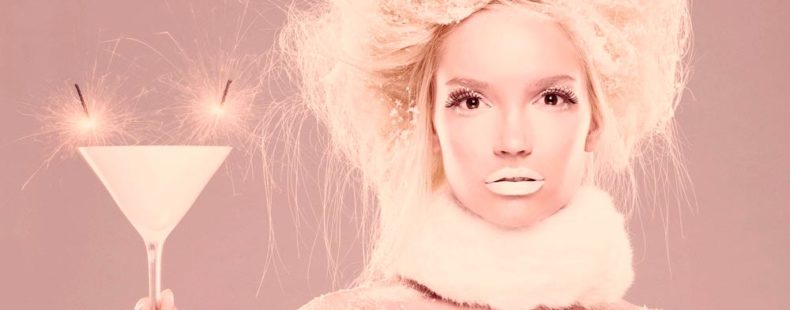What are you drinking?
‘Tis the season for holiday festivities, and what better way to celebrate and reconnect with family than a good, cleverly-named cocktail. Here are just a few of our favorites (it was hard to choose). Some are considered classics. Others just make you wonder how many of the cocktails the person drank before they named the drink.
























